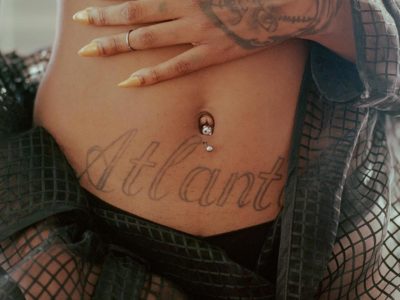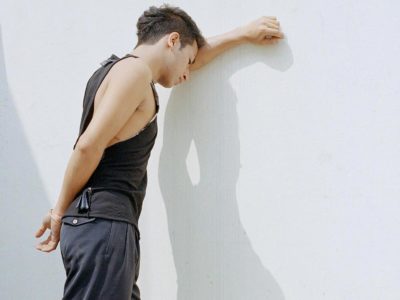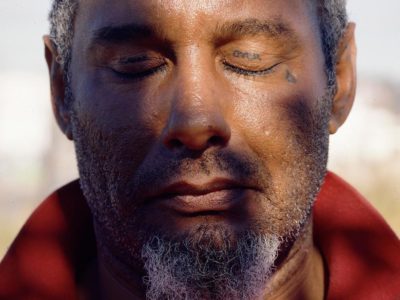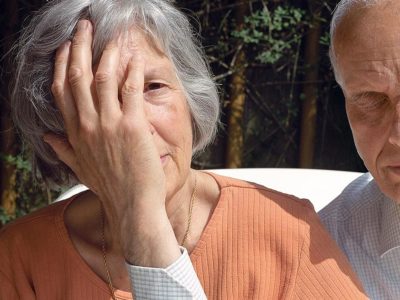Red Herring — Jordan Madge’s New Work Is Inspired by the True Story of a Disappeared Girl
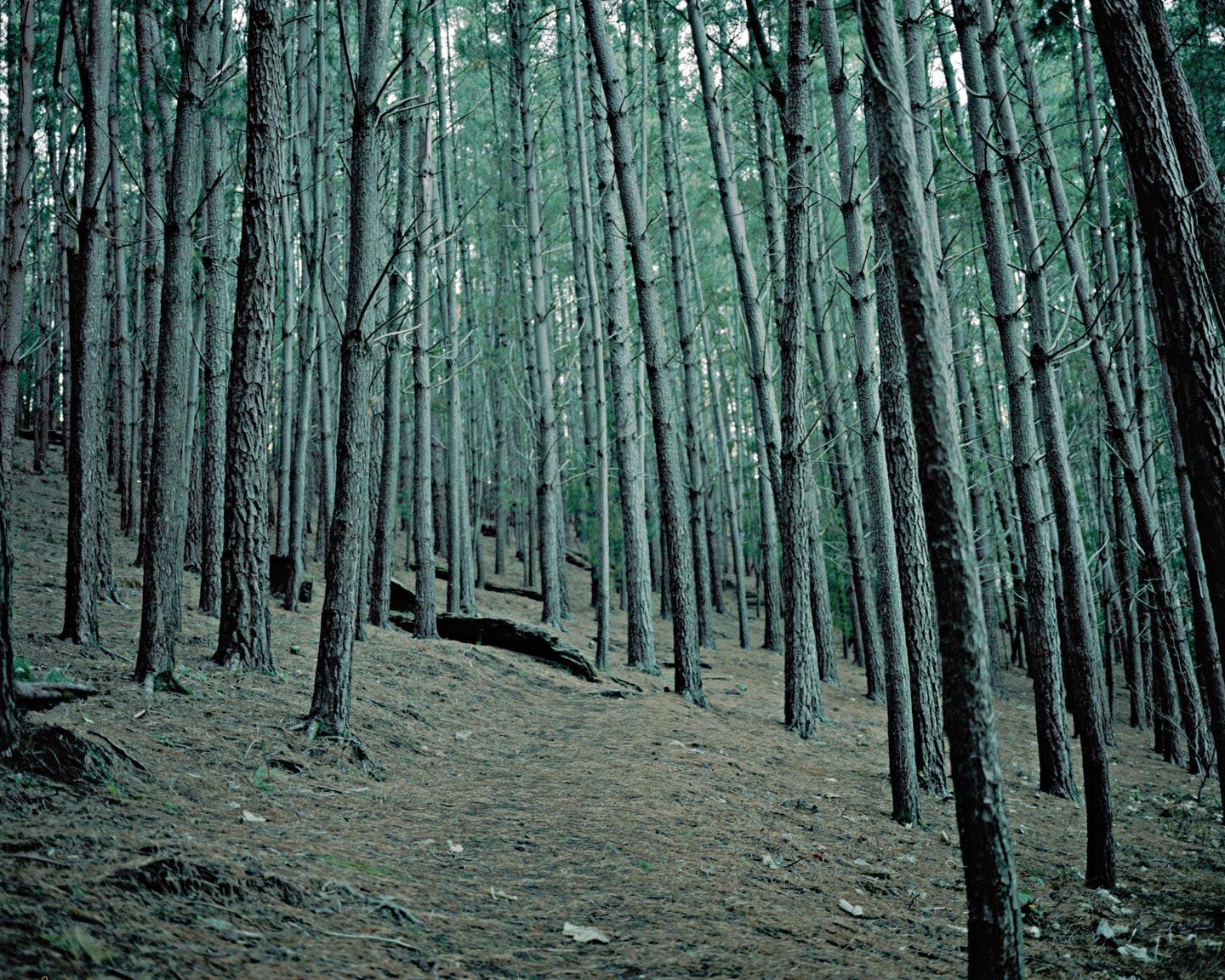
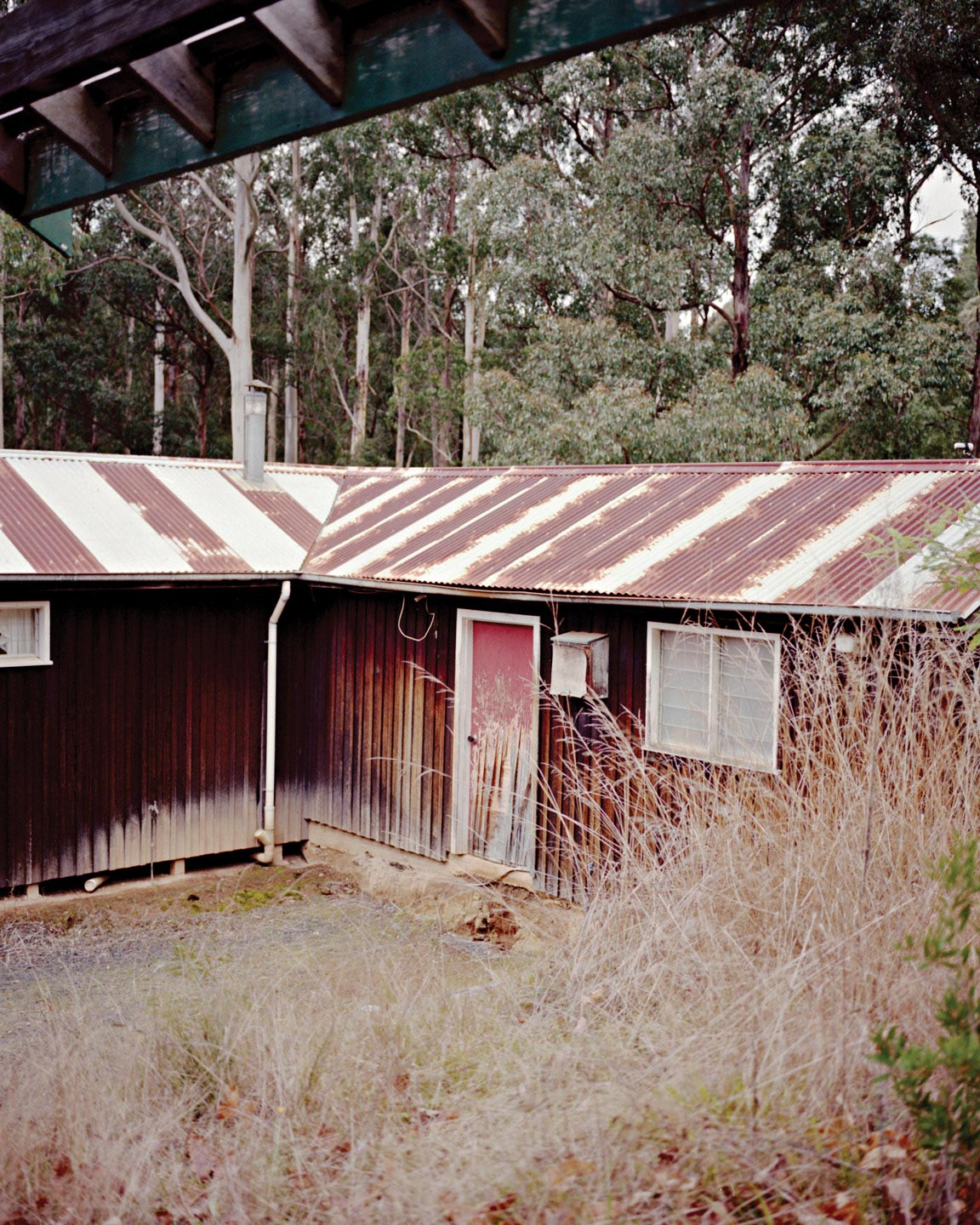
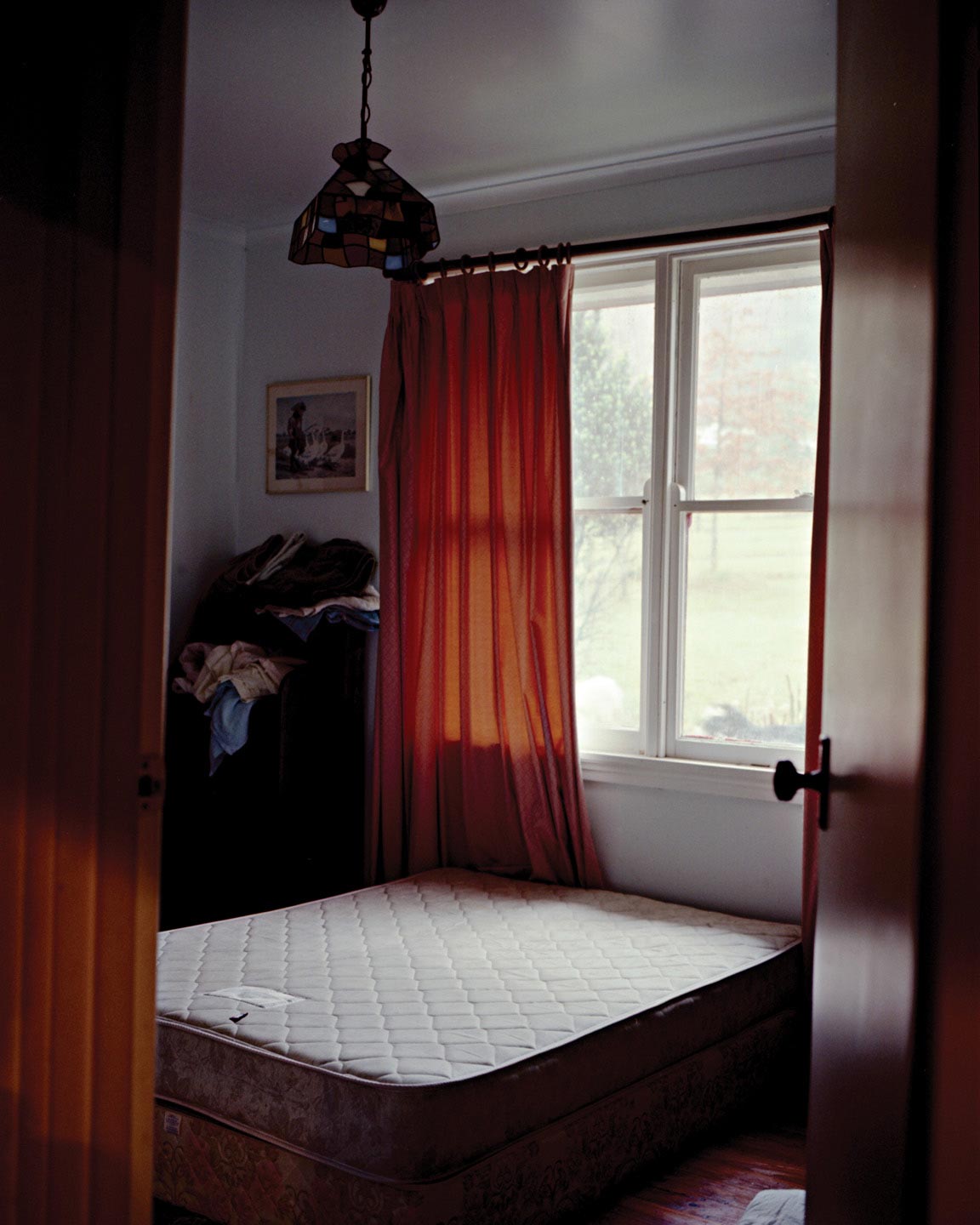
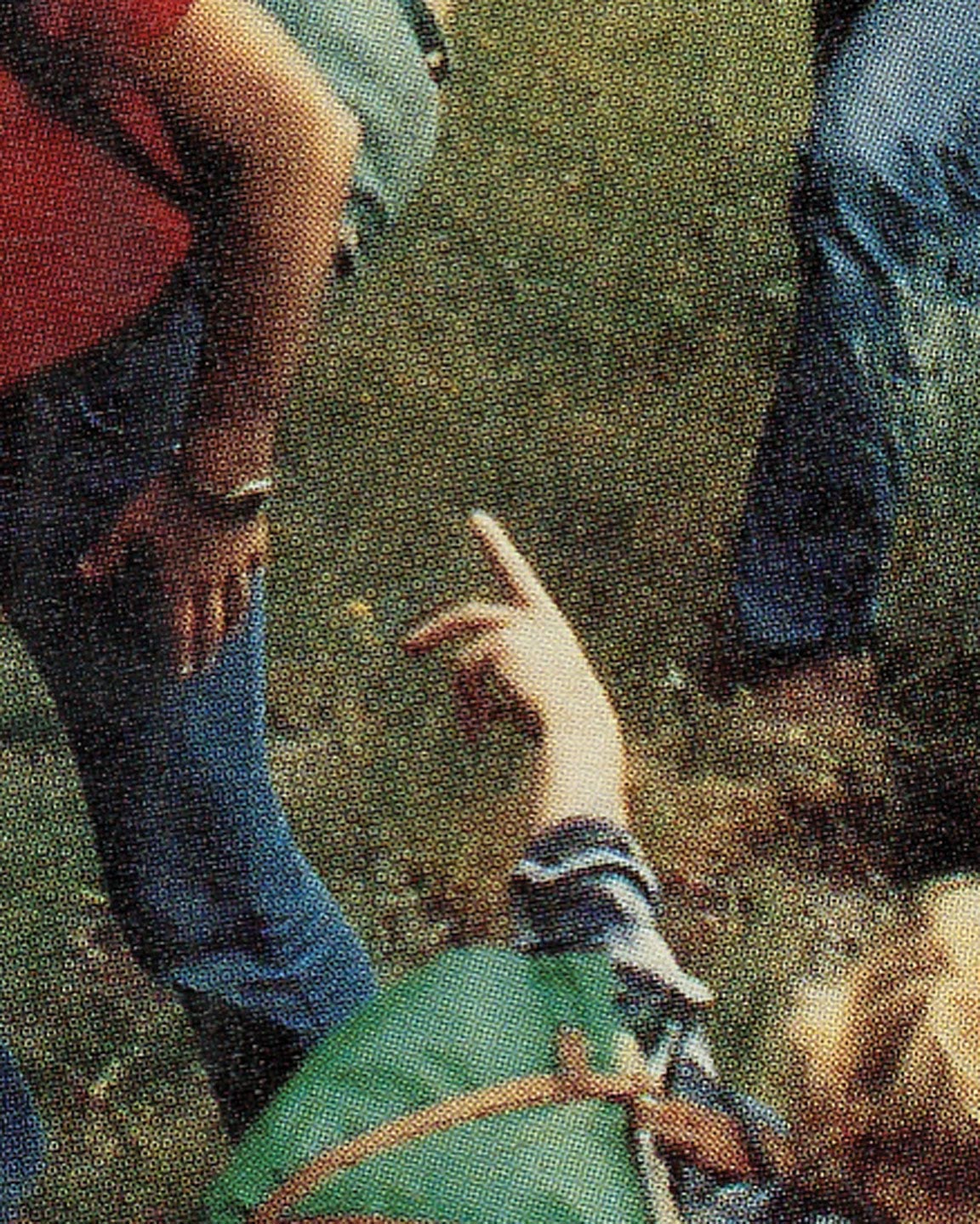
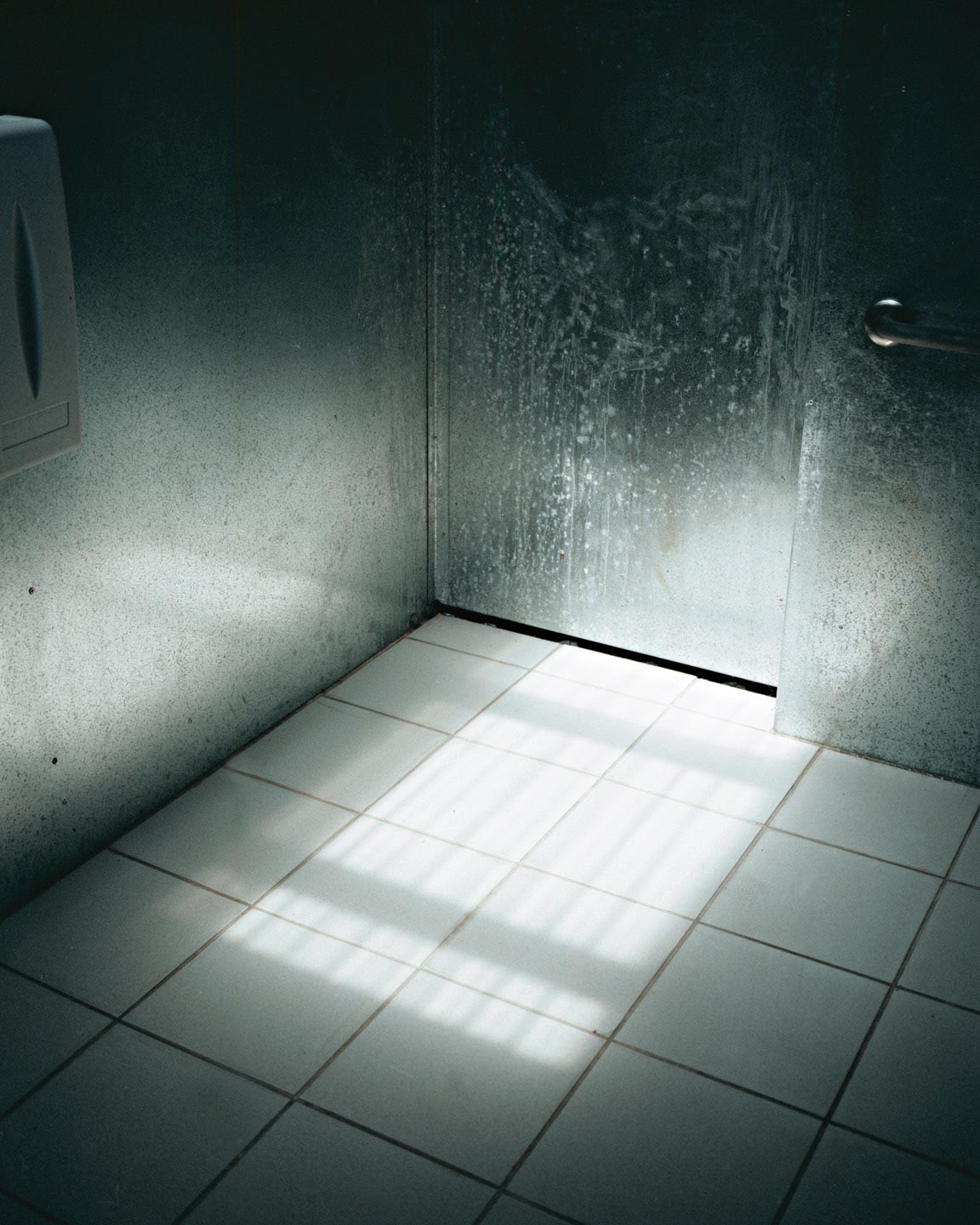

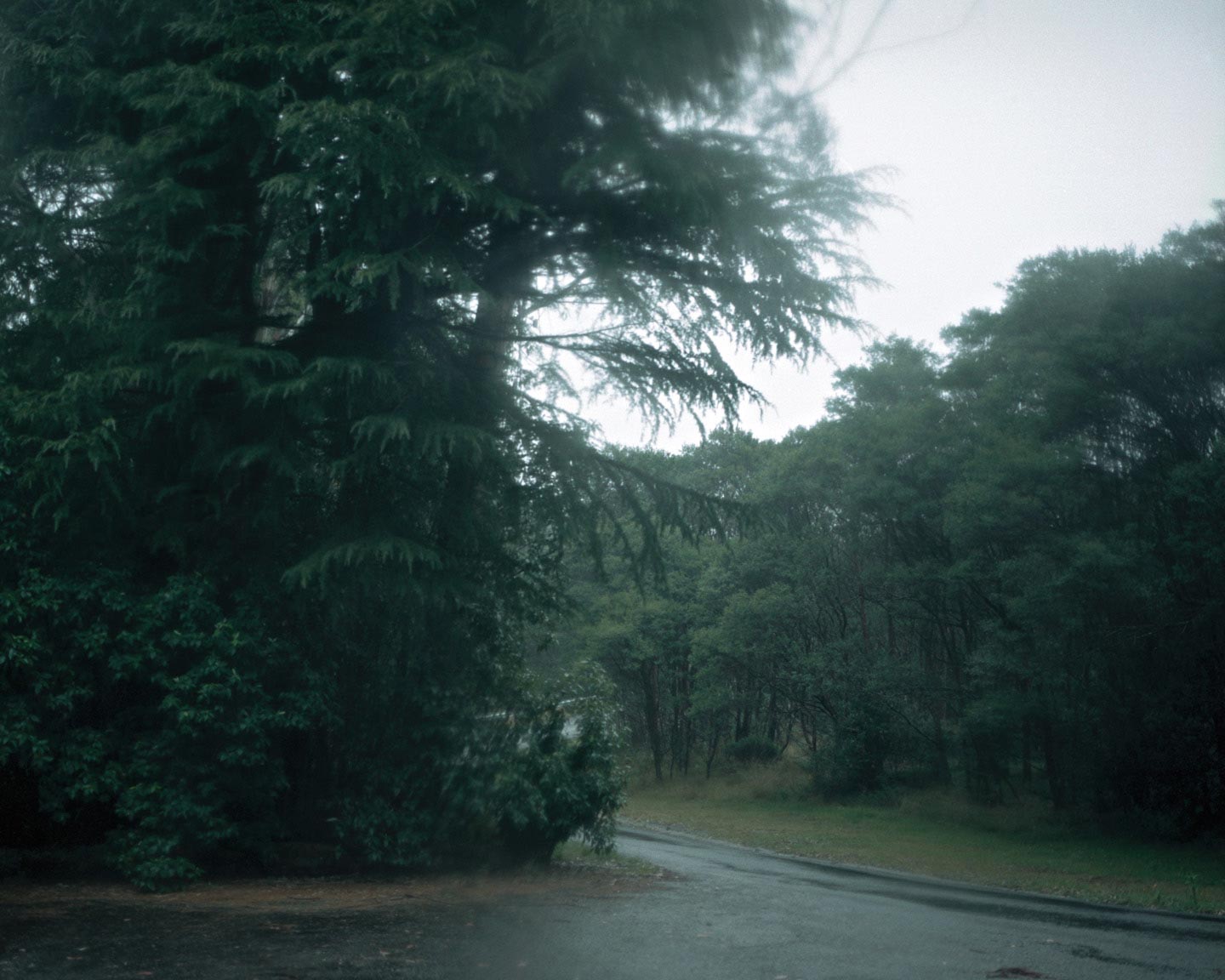
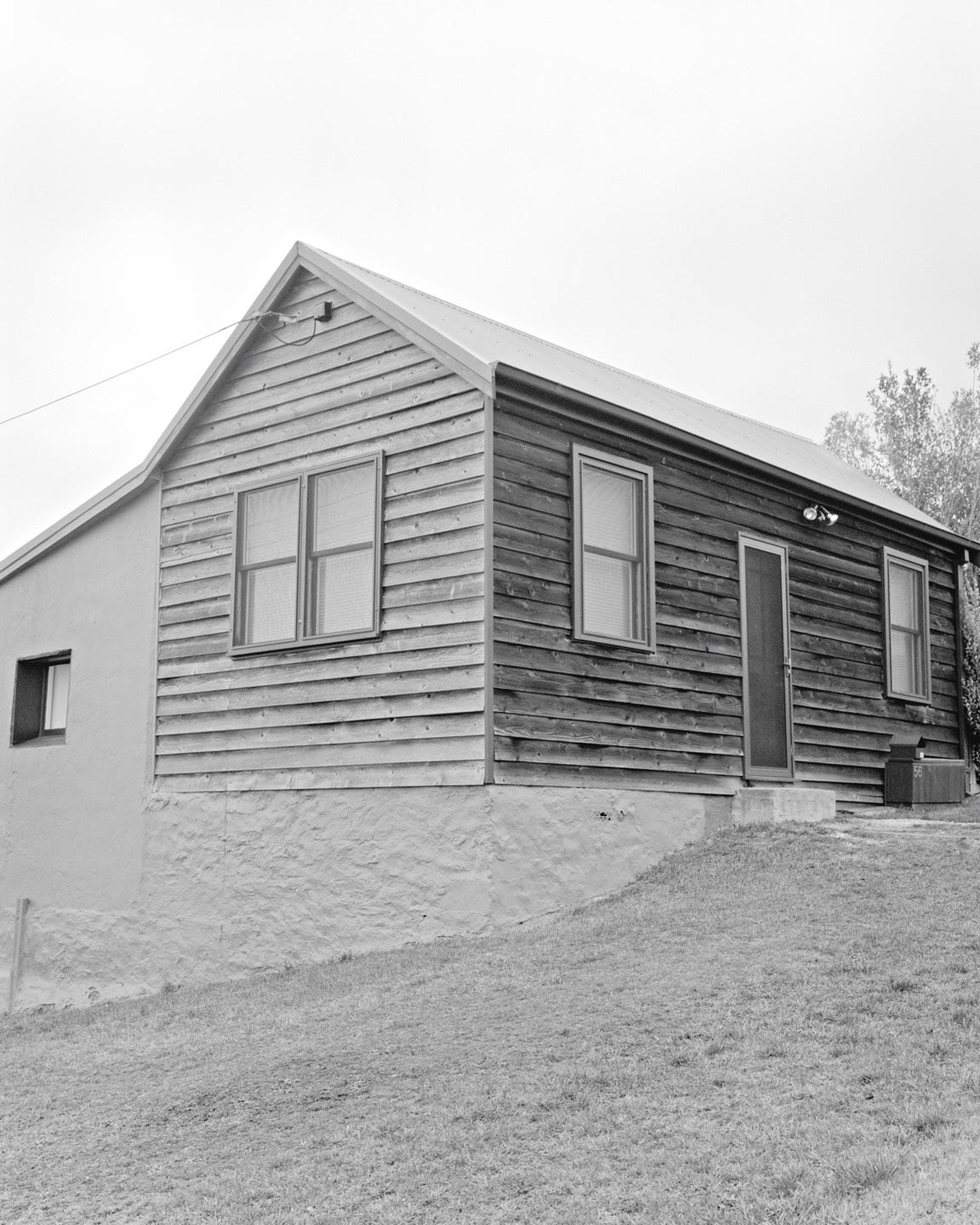

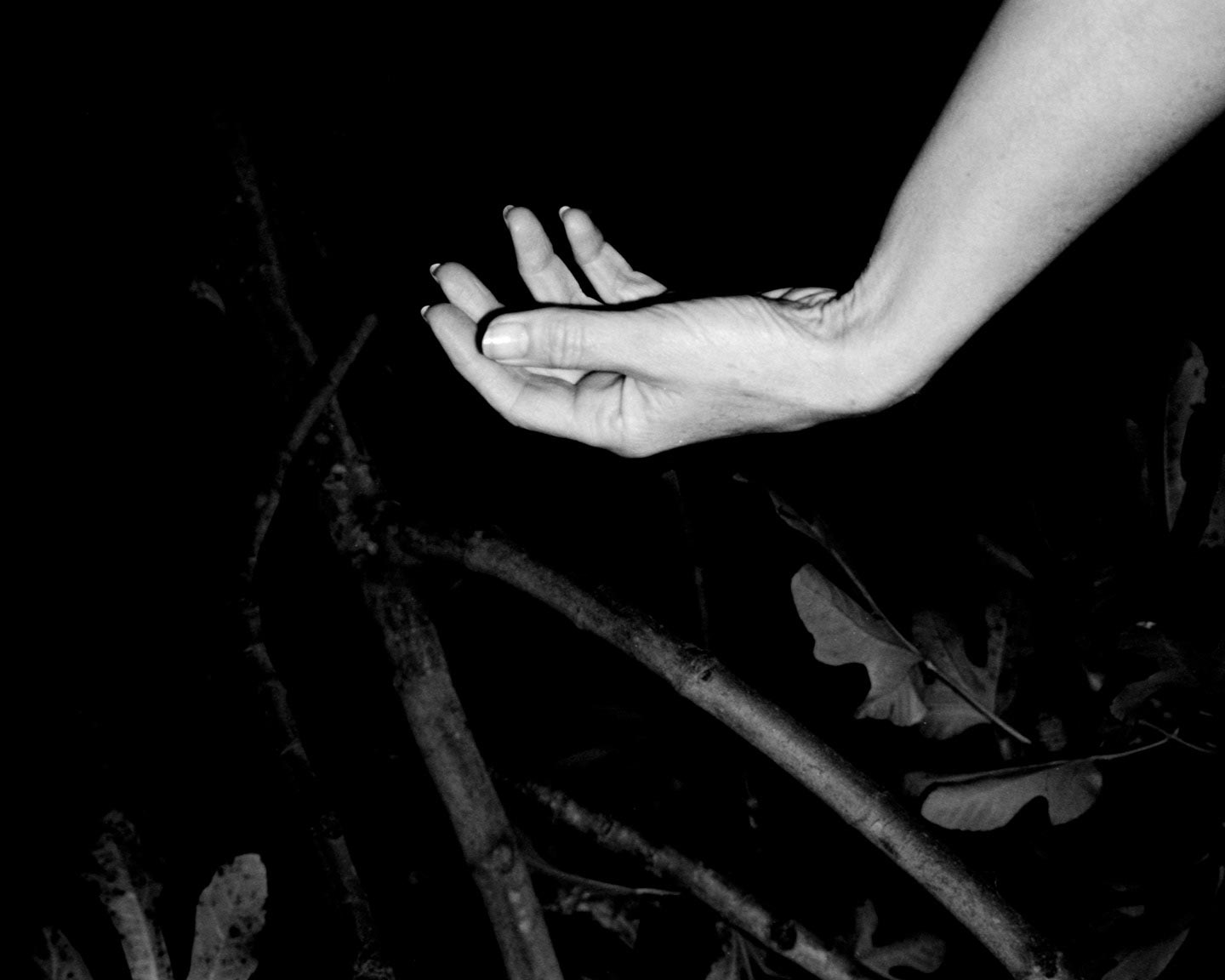
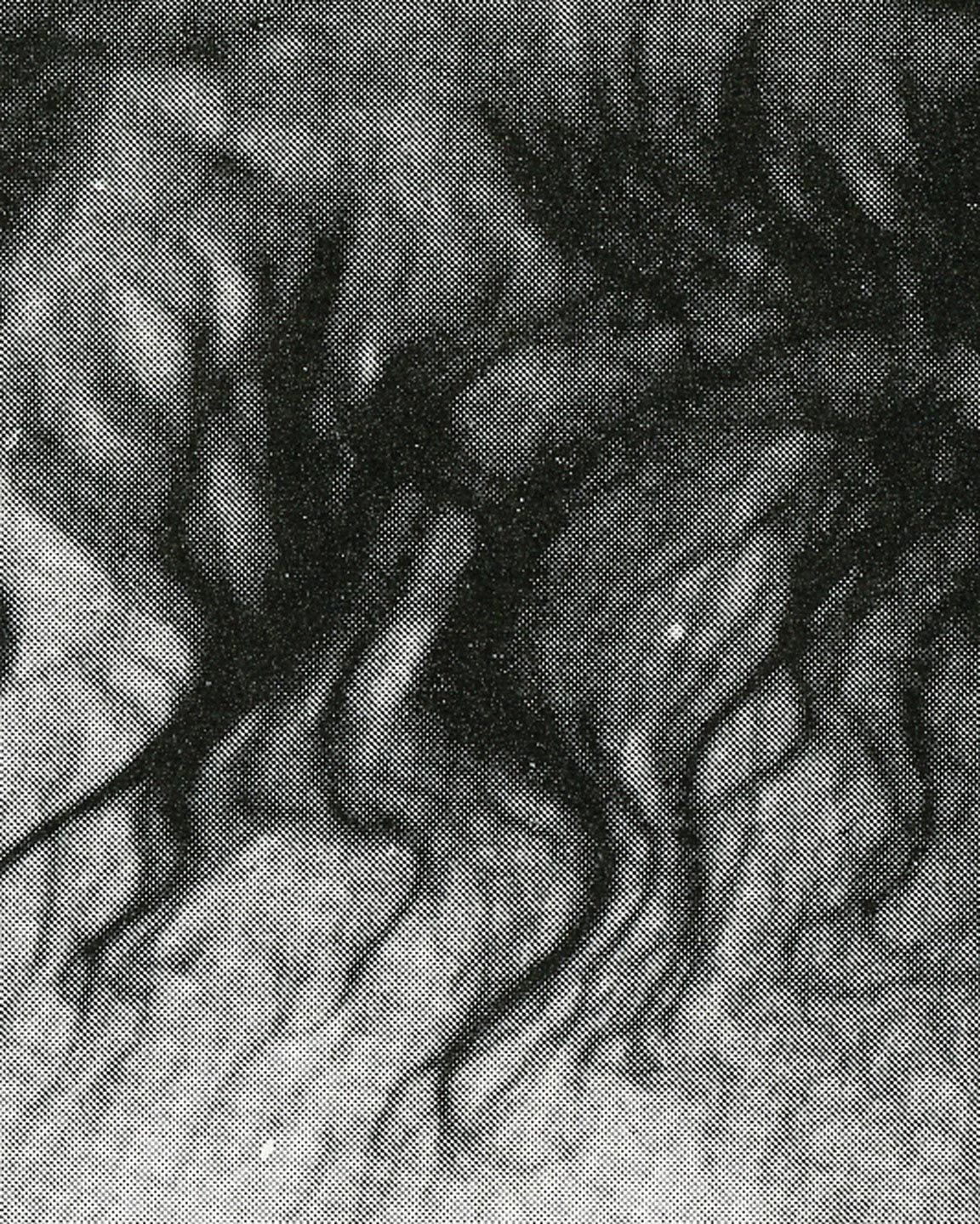
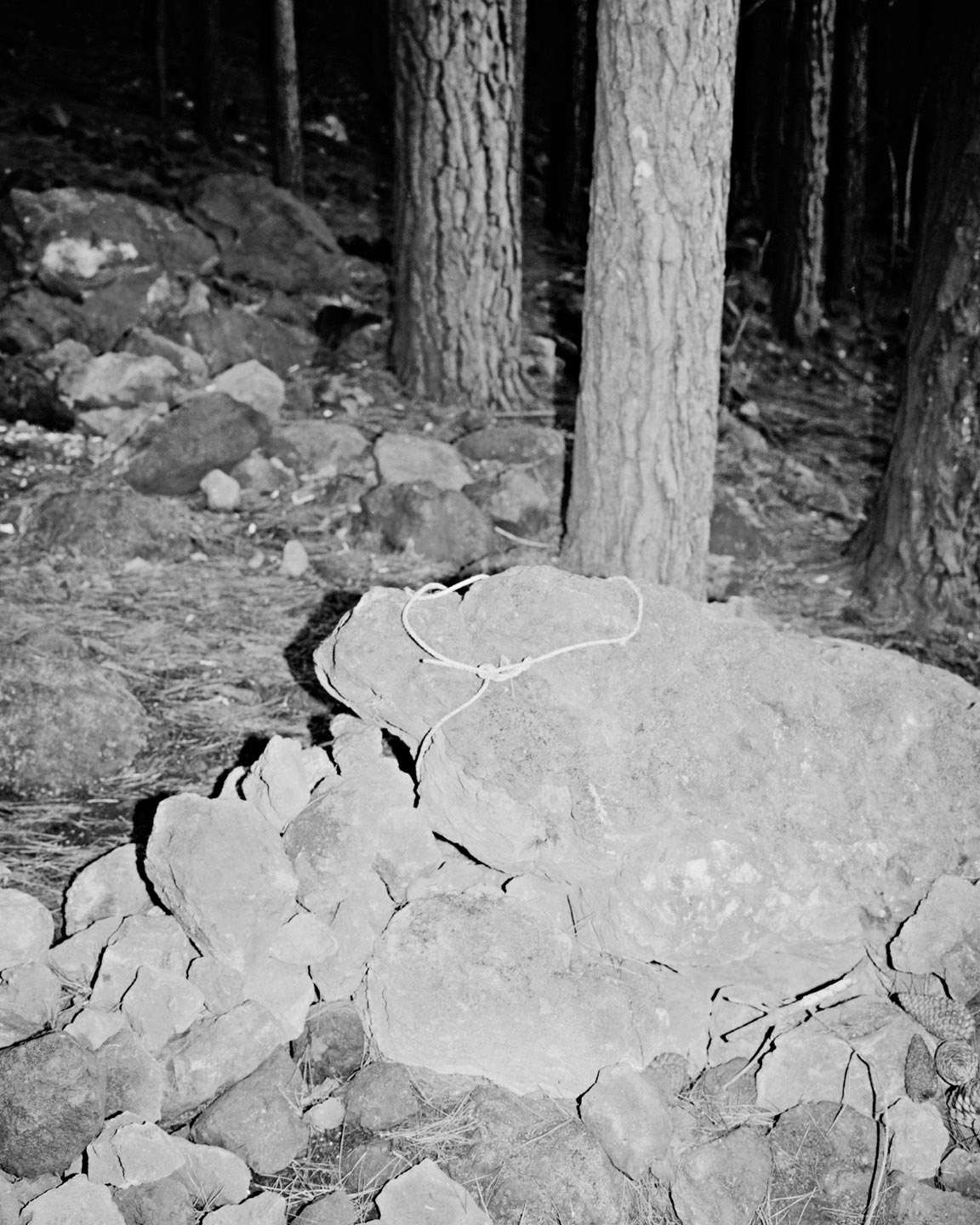
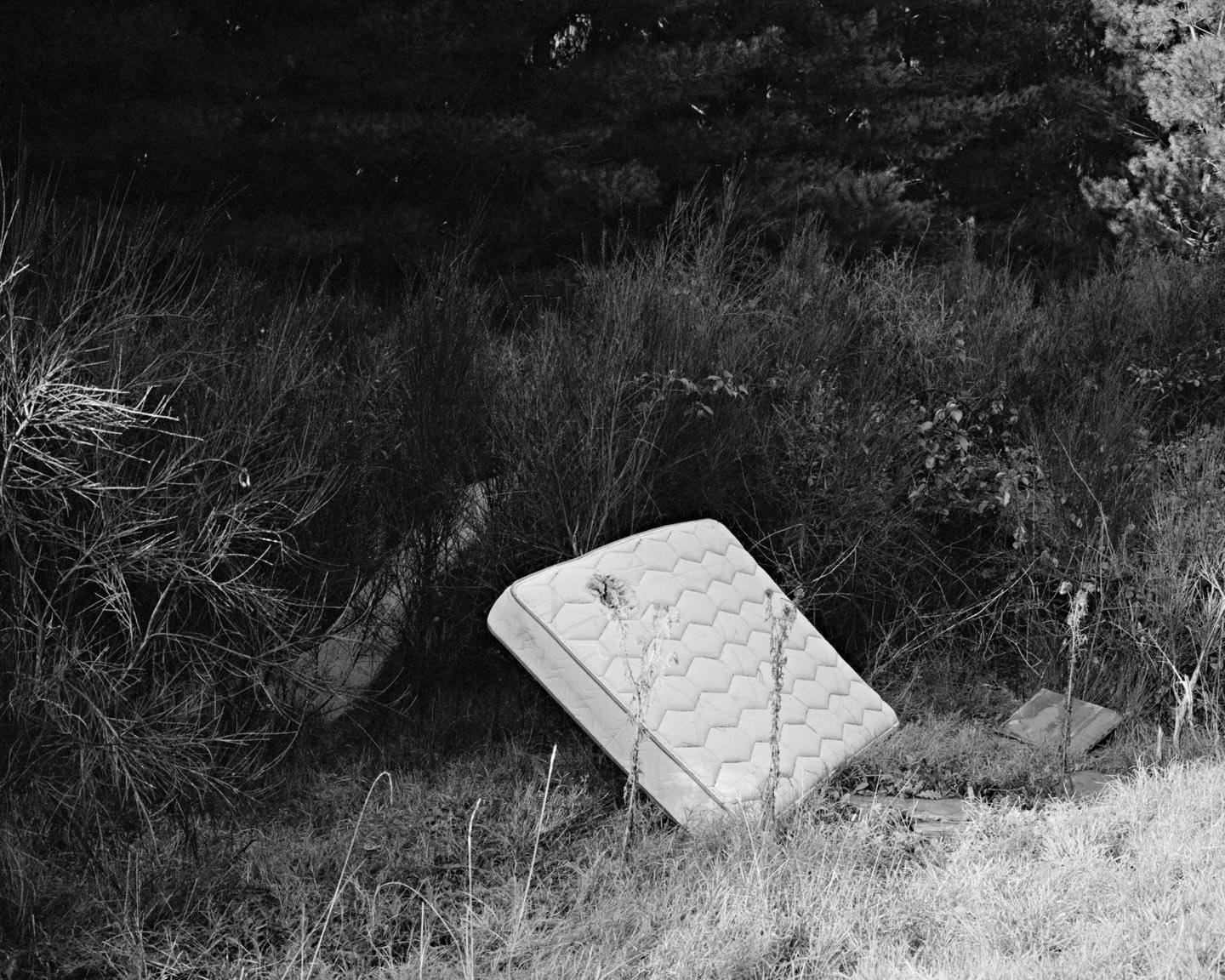

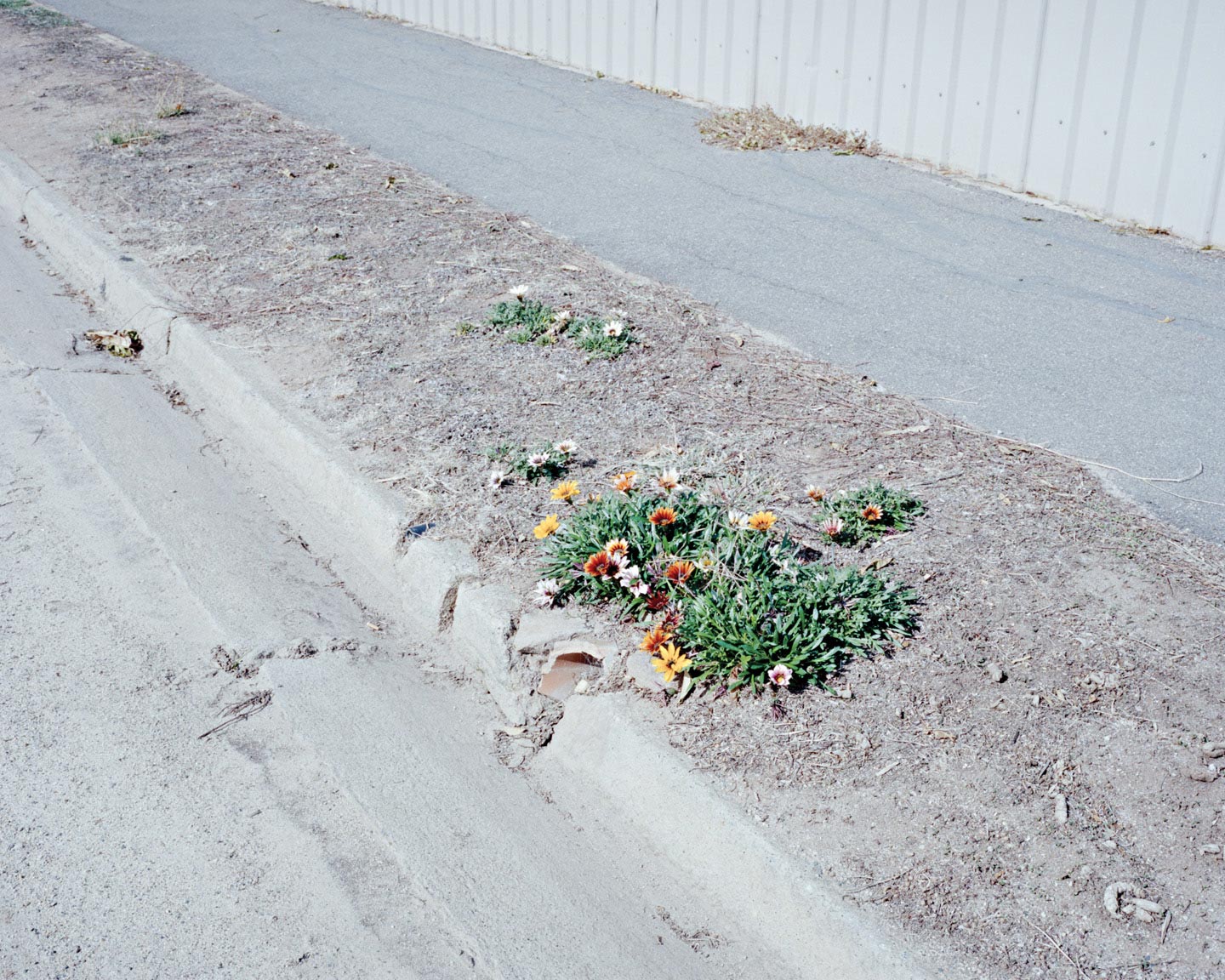
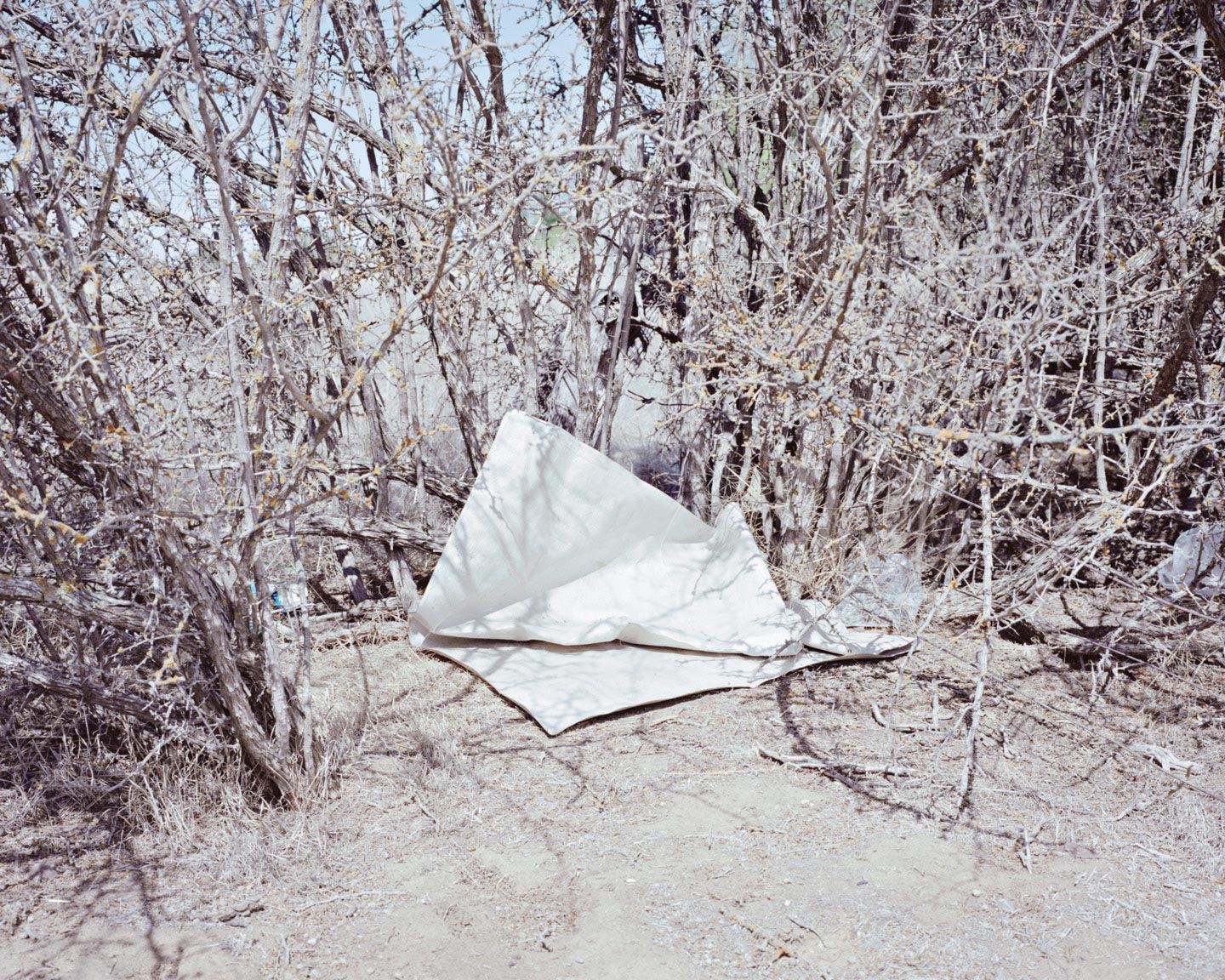
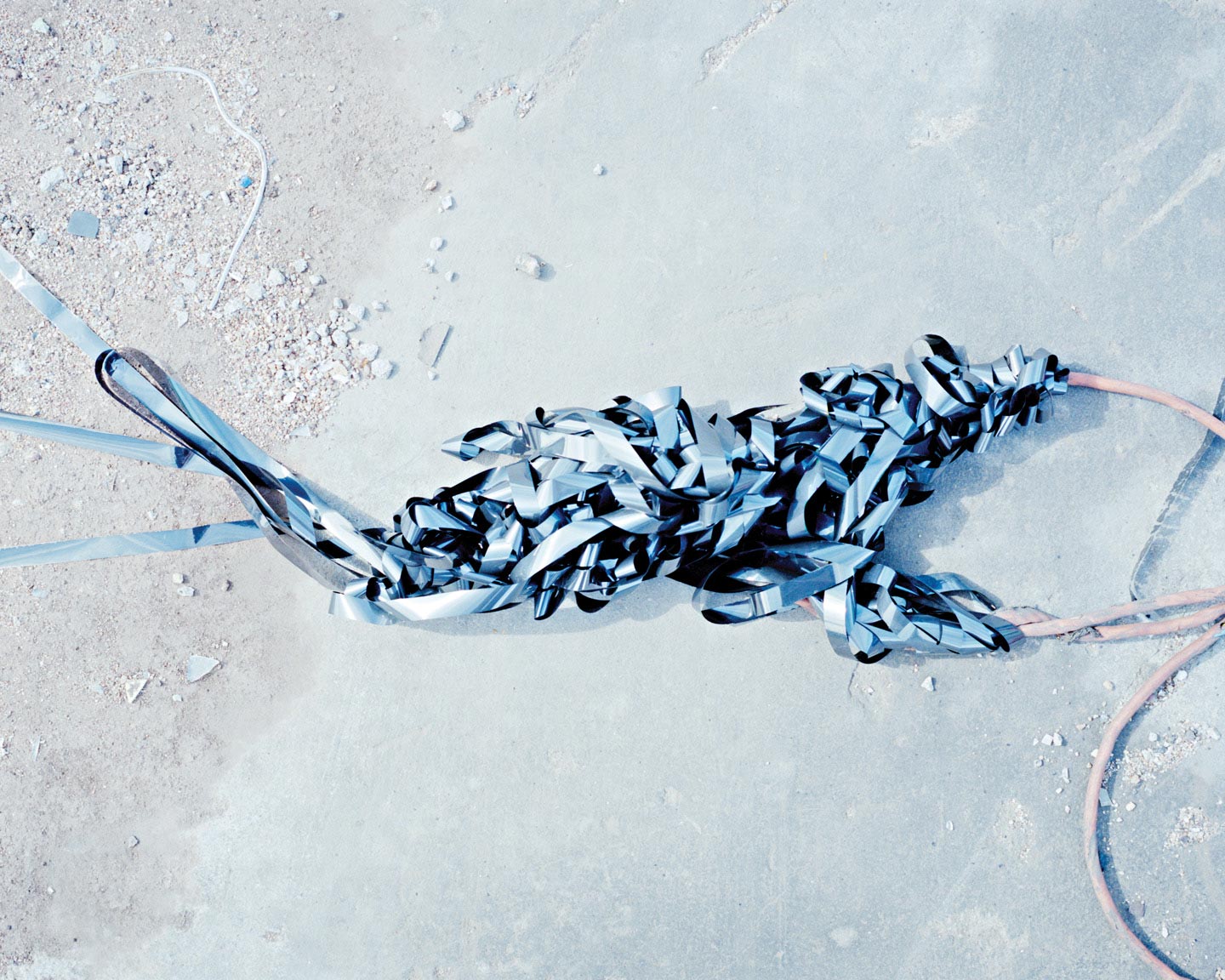
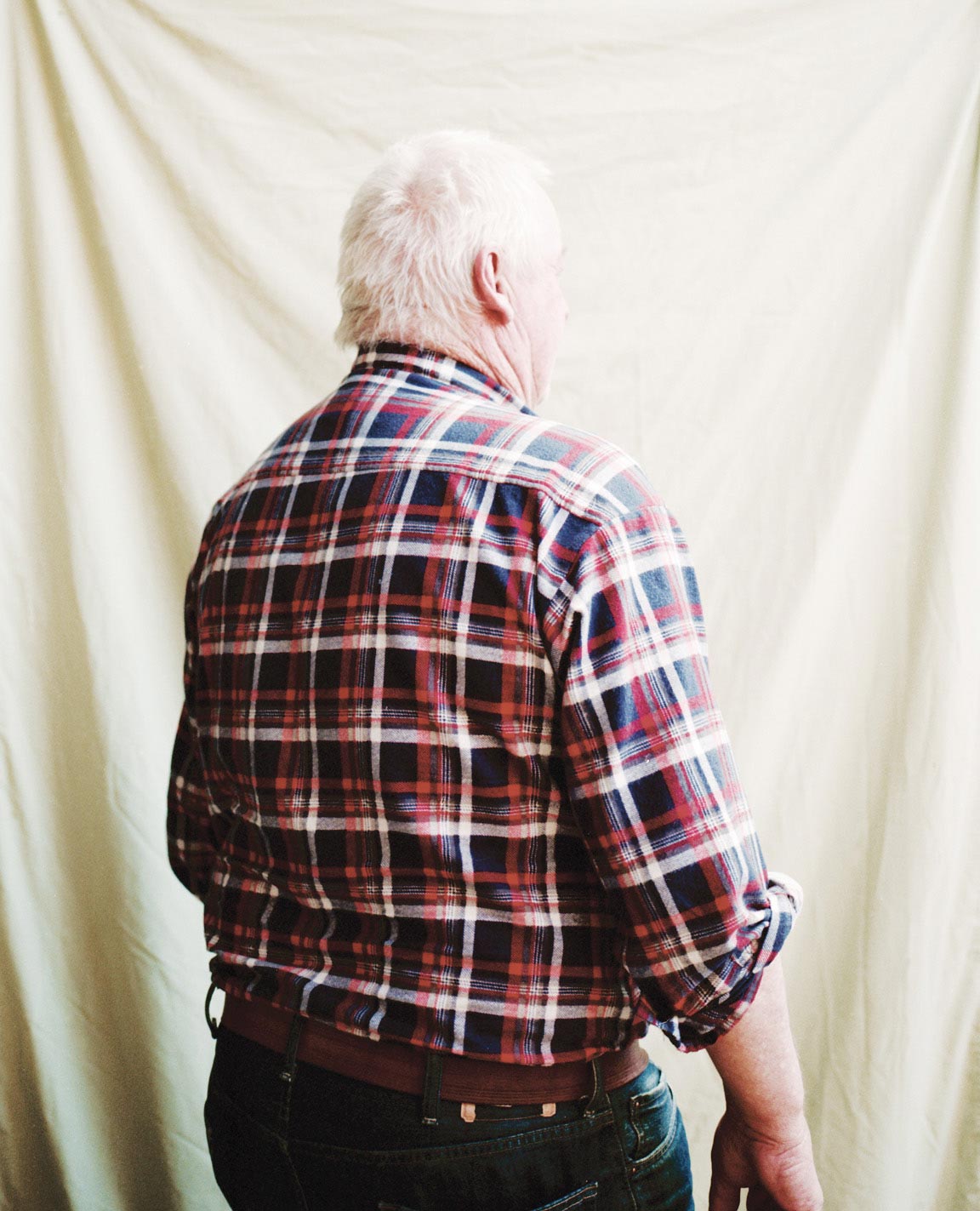


21 year-old Australian photographer Jordan Madge speaks about Red Herring, a recent body of work inspired by a 2009 crime story that took place in the Australian state of Victoria (we previously featured Jordan’s former series Backwoods – see it here).
It was announced just two weeks ago that the Red Herring photobook was selected as the winner of the 2015 Australian Photobook of the Year Award. Congratulations Jordan!
Hello Jordan, thank you for this interview. Your new series Red Herring is inspired by the vanishing of a girl in a small Australian town in 2009. What’s the story of her disappearance, exactly?
I used the story of this girl as an excuse to question fact and fiction within visual storytelling. In Red Herring, I tend to more or less skim the surface on the details and leave out facts such as her name, the location and the circumstances that have brought about her disappearance.

Why did you choose this particular story as the backbone of Red Herring? What impressed you about it?
I wouldn’t say the story impressed me, but it sparked something. I felt compelled to know more and visit the town the girl disappeared from. The location played a big role in my decision to use this story as the backbone for Red Herring. The fact that the case is still cold and, to this date, all questions revolving around it are still unanswered gave me the opportunity to pose my own questions.
Please talk a bit about the different kind of imagery you used in Red Herring and your approach to the work.
I am very curious about image appropriation and investigating its modes in visual storytelling. I tend to create my own work and put next to it various books and images I stumble upon on the web. I then try to recontextualize this extra content so that it can flow in a narrative that might have nothing to do with its original meaning. In regards to my own imagery, I wanted to blend various visual languages to try and create a new language of its own.








For your previous project Backwoods, you similarly used photography to suggest a narrative rather than documenting or staging it. Why are you so fond of this type of approach?
Making photographs that provoke thought from the viewers and arise their curiosity excites me much more than giving away a predetermined answer; but that’s not to say I don’t also make work that implies one specific direction.
Suddenly in the Red Herring book, after a quite long series of color photographs, a group of black&white, daunting images shot with a flash in the woods violently disrupts the sequence. What is happening at that point?
This chapter in the book is there to grip the viewer and disrupt the gentle tone of the former photographs. It serves another purpose of the project: to create a conversation about the underbelly and darker side of country life in Australia, and specifically the Victoria state.





Did you have any specific references or sources of inspiration in mind besides the girl’s story while working on Red Herring?
One of the largest sources of inspiration while making Red Herring was the landscape and its ability to confront you with a pine forest beside on section of road and on the other a stretch of a dry and barren landscape that struggles to hold life.
What have been the main influences on your photography?
The places I visit, the people I meet and all of the experiences that come combined with the two.
Who are some of your favorite contemporary photographers?
Katrin Koenning, Sohrab Hura, Jacob Sobul, Geert Goiris, Regine Petersen; the list goes on.






Choose your #threewordsforphotography.
Narrative. Fact. Fiction.
Keep looking...

FotoCal — Photography Awards, Grants and Open Calls Closing in October 2024

FotoCal — Photography Awards, Grants and Open Calls Closing in September 2024

FotoCal — Photography Awards, Grants and Open Calls Closing in August 2024

FotoCal — Photography Awards, Grants and Open Calls Closing in July 2024

FotoCal — Photography Awards, Grants and Open Calls Closing in June 2024

FotoCal — Photography Awards, Grants and Open Calls Closing in May 2024

FotoCal — Photography Awards, Grants and Open Calls Closing in April 2024

